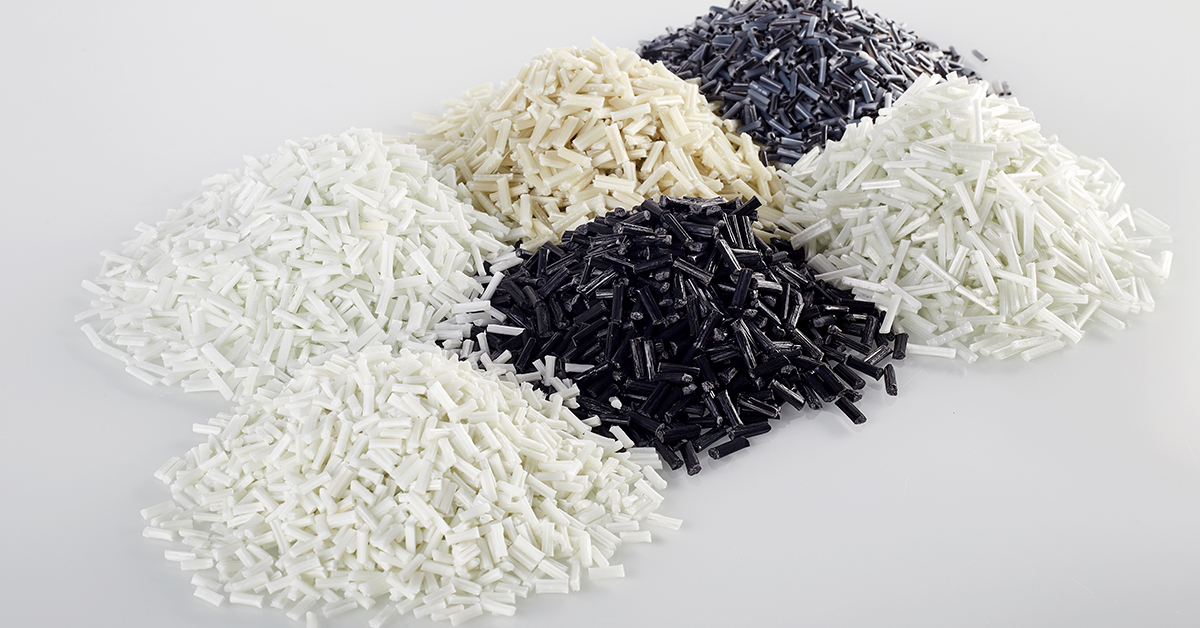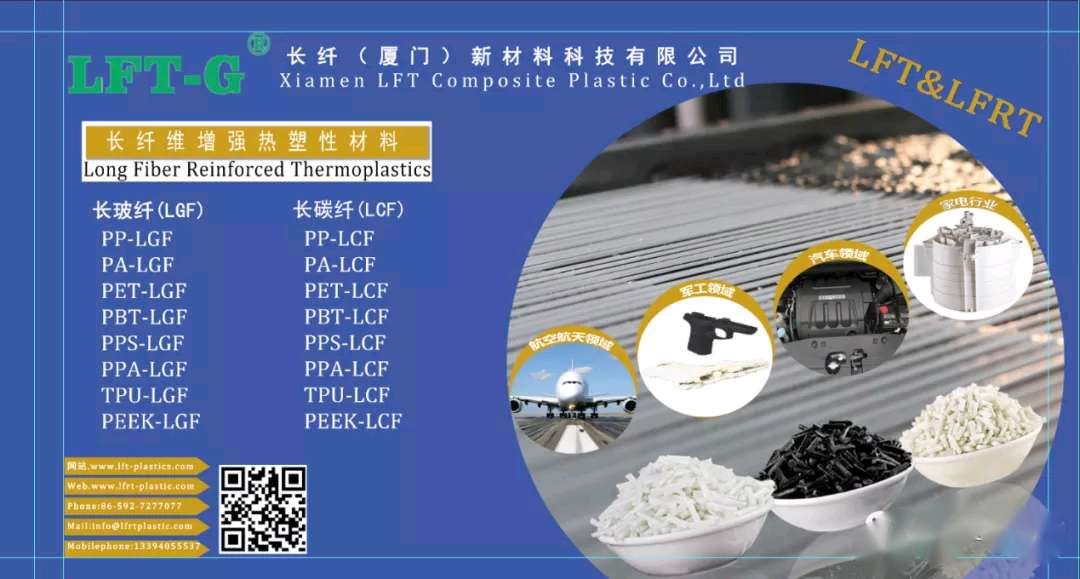
PPS의 분자 구조는 벤젠 고리와 황 원자가 상호 배열되어 구성되어 있으며 배열이 규칙적이고 열 안정성이 높은 결정 구조를 형성하기 쉽습니다. 동시에, PPS 소재의 분자 구조는 매우 안정적인 화학 결합 특성을 가지며, 벤젠 고리 구조는 PPS를 더욱 견고하게 하며, 황 에테르 결합(-S-)은 어느 정도 유연성을 제공합니다.
PPS 자체는 내열성, 난연성, 내약품성이 우수하여 유망한 소재이지만 순수 PPS에는 몇 가지 문제가 있습니다.
수정되지 않은 PPS에는 피할 수 없는 결함이 있습니다.
어려운 가공: 이는 모든 내열성 재료의 가장 큰 문제점입니다. 성형 공정이나 가공 에너지 소비에 관계없이 높은 가공 온도는 큰 어려움에 직면하게 됩니다. 또한, PPS는 용융 공정에서 여전히 열산화 가교가 발생하기 쉬우므로 유동성이 감소하고 가공 난이도가 더욱 향상됩니다.
인성이 나쁨: PPS 분자 사슬이 단단하고 최대 결정화도가 70%에 달하며 신장률이 낮고 용접 강도가 좋지 않습니다. 결과적으로, 미개질 PPS의 내충격성은 열악하여 적용 범위가 제한됩니다.
높은 비용: PPS 원료 및 일반 엔지니어링 플라스틱에 비해 가격은 약 1-2배 높으며 일부 변형된 재료는 저비용 성능에 비해
코팅 어려움: 내화학성, 중간 저항성 역시 양날의 검이며 PPS 표면 코팅 및 착색 성능은 이상적이지 않습니다. 이는 현재로서는 큰 문제는 아니지만 제한 요소입니다.
수정되지 않은 PPS는 적용하기 어려운데, 수정한다면 어떤 방향으로 바꿔야 할까요?
최근 5G와 전기차의 대중화에 따라 배터리 브라켓, 커버 플레이트, 리튬 배터리 다이어프램, 5G 통신 장비, 지능형 단말기 등 개량형 PPS의 적용이 지속적으로 확대되고 있다.
강화하고 강화
PPS는 현재 주로 섬유 충진과 합금을 통해 기계적 특성을 향상시키는 두 가지 방법을 사용합니다.
일반적인 유리섬유 보강재 외에도 탄소섬유, 아라미드 섬유 및 기타 충전재도 점차 대중화되는 변형 시스템입니다.
저유전 변형
현재는 재료의 유전특성을 향상시키기 위해 합금을 혼합하는 방식이 일반적으로 사용되고 있다. 예를 들어, 연구에 따르면 PPS/LCP 합금 시스템은 1MHz, 최적 유전 상수는 최대 2.5까지 가능합니다.
합금 외에 저유전 충진재도 가능한 방법 중 하나이다. 중공 유리 비드 및 저유전율 유리 섬유와 같은 충전재도 PPS 복합재의 유전 상수를 효과적으로 감소시킬 수 있습니다.
연구에 따르면 압출 성형은 유전율을 3 이하로 낮출 수 있으며 전기적 성능은 40-120…에서 안정적입니다. 또한, 표면 커플링 처리를 통해 복합체의 강도 및 유전특성을 더욱 향상시킬 수 있다.
열전도율 개질
신에너지 차량용 배터리 또는 5G 고주파의 응용 시나리오에서는 재료의 우수한 내열성이 필요할 뿐만 아니라 열전도에 대한 특정 요구 사항도 제시됩니다. 그러나 PPS 자체의 열전도도는 일반적으로 0.5W/(m·K) 이하로 열악하다.
현재 금속과 무기 충전재의 주요 용도는 두 가지입니다. 금속 필러는 열전도도를 향상시킬 수 있지만 단열 성능을 저하시킬 수도 있습니다.
산화물, 질화물, 탄소 재료 등을 포함한 무기 충전재. PPS/산화마그네슘이 주류 선택이며 재료의 열전도도를 1.61W/(m·K)까지 높일 수 있습니다.
질화물은 준비와 기술이 더 복잡하지만 열전도율도 더 높습니다. 40% 질화붕소 복합체의 열전도도는 4.15 W/(m·K)에 도달할 수 있습니다.
그래핀, CNT 및 기타 탄소 재료도 PPS 열전도도 변형을 위한 선택입니다. 첨가량과 열전도율 사이에서 좋은 균형을 이룰 수 있습니다. 예를 들어, 복합재의 열전도율은 29.3% 그래핀의 부피 분율로 4.414W/(m·K)에 도달할 수 있습니다.
복합막 개질
리튬배터리 다이어프램 시장에는 PPS도 적용되고 있다.
기존에 흔히 사용되는 다이어프램 재질은 폴리올레핀이었으나, 폴리올레핀 재질은 전해액 침투성 및 열안정성이 상대적으로 열악하고 고온에서 수축 및 용융이 발생하기 쉽습니다.
PPS 소재의 내약품성과 내열성또한 수정 가능성이 있습니다. 현재 주요 방법은 PPS 다이어프램 표면을 코팅하여 복합 다이어프램을 제조하는 것이다.
이 방법은 학술연구에서부터 산업계까지 점차적으로 적용되어 왔다. 기재는 PPS부직포, 코팅재는 PVS를 사용하였습니다. 물리적 코팅, 건조 및 핫 프레싱 처리를 거쳐 PVS/PPS 리튬전지 복합재 격막을 제조한다.
PVS/PPS는 기존의 폴리올레핀 막에 비해 두께가 두꺼우면서도 더 나은 젖음성을 보장할 수 있으며, 방전 비용량도 폴리올레핀 막에 비해 높다.

기술 전문가가 24시간 온라인으로 서비스를 제공합니다.